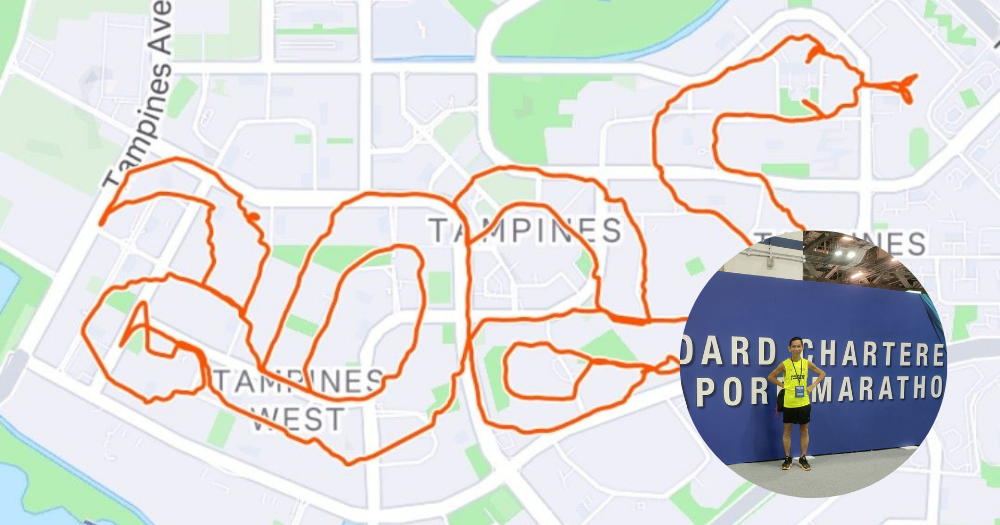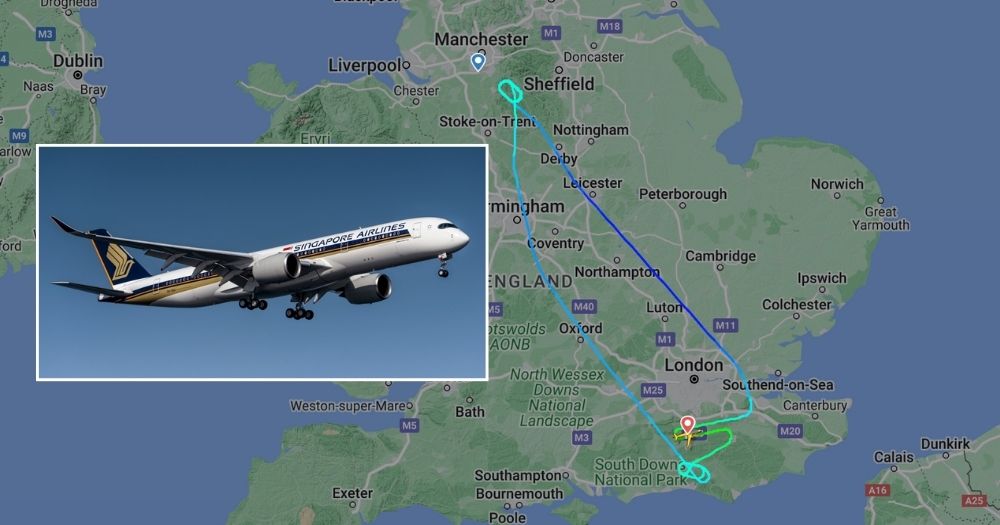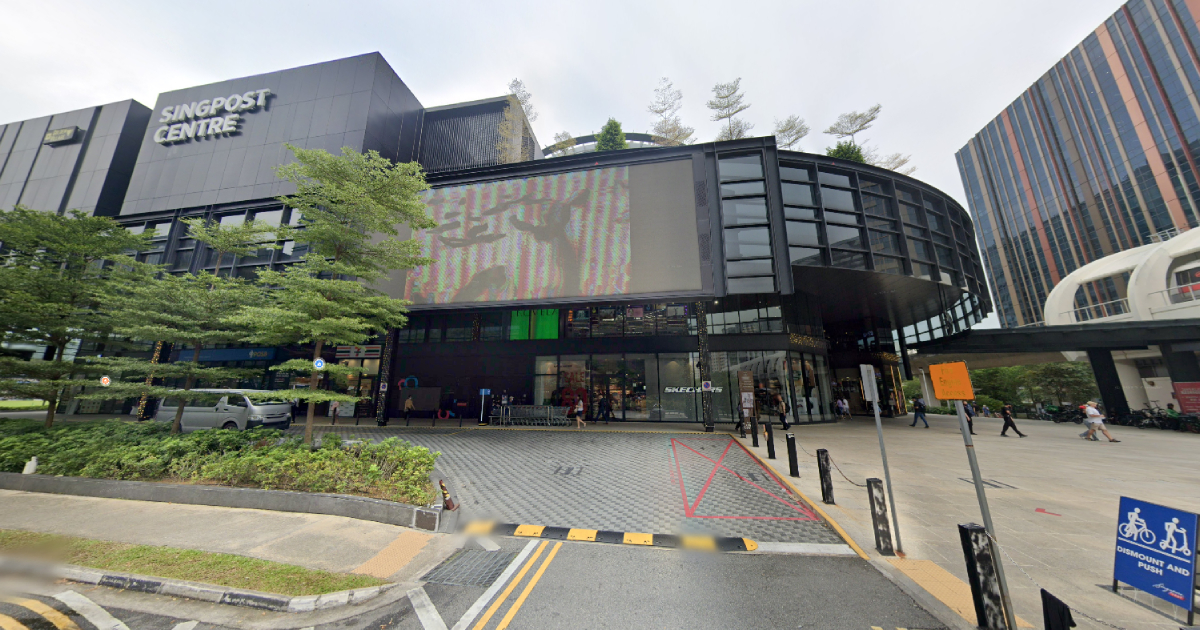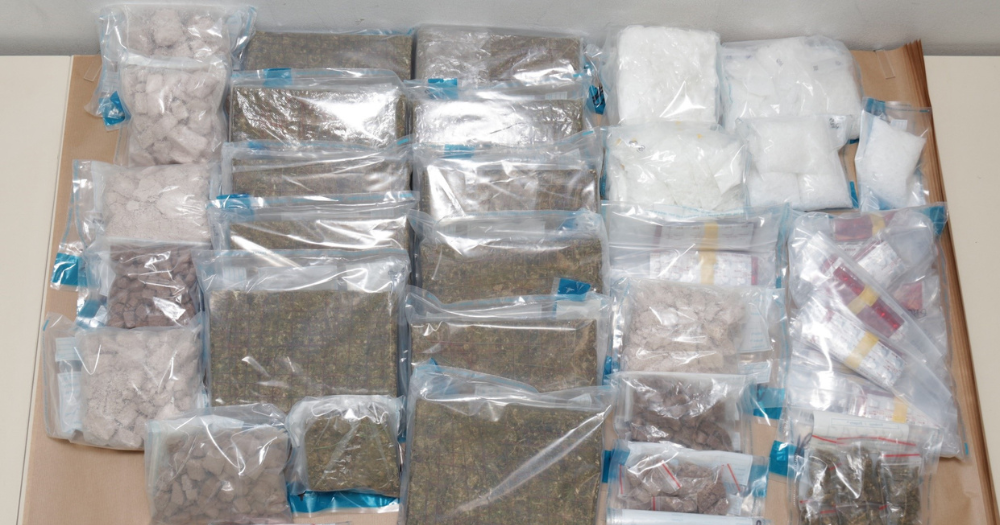Scientists from NTU & Japan develop tech to control swarms of cyborg insects
For disaster relief.
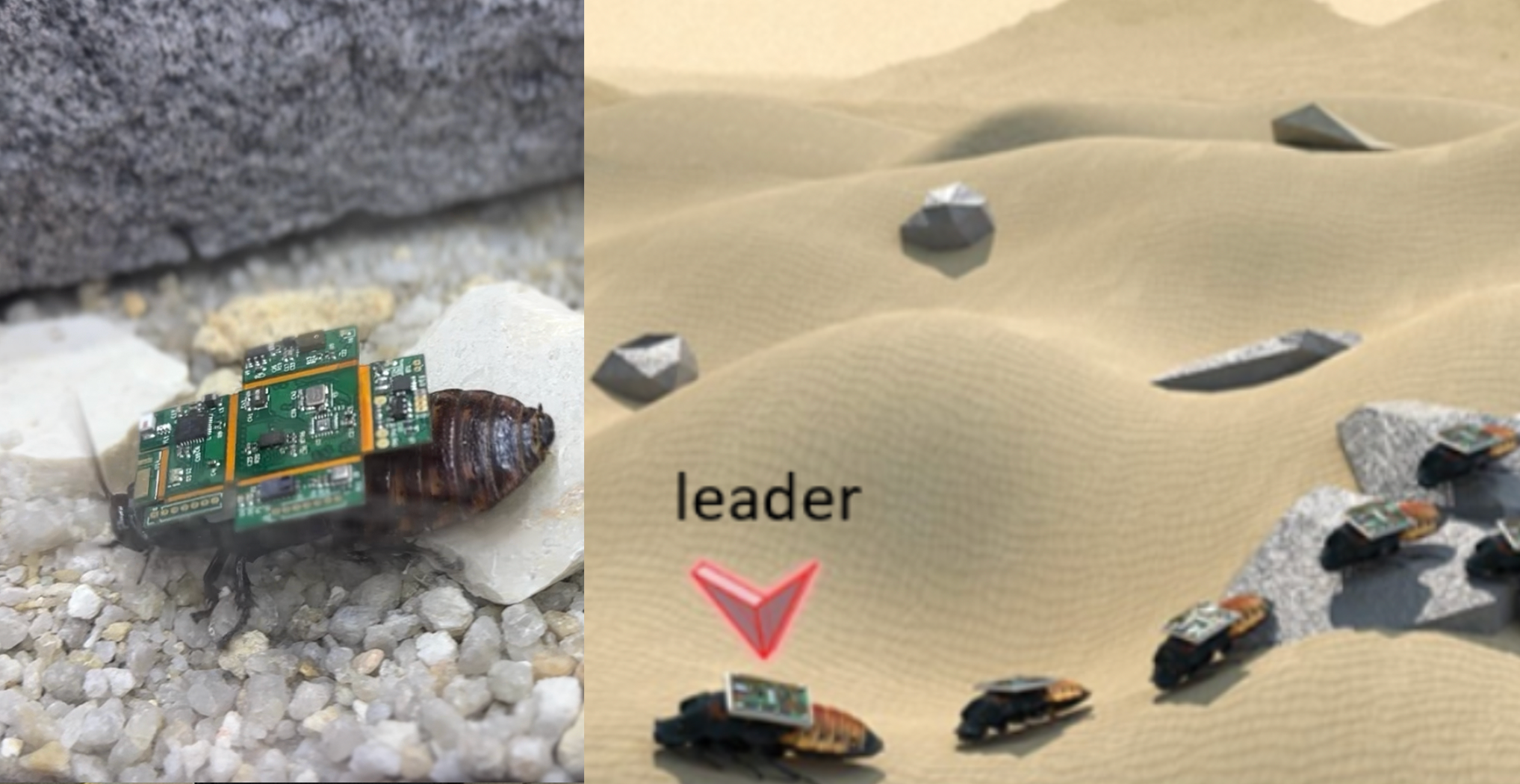
Scientists from Singapore and Japan have created a new piece of pretty intriguing tech.
What tech, you may ask?
It allows them to control swarms of cyborg insects.
Uh, what?
Cyborg insects are real insects equipped with tiny electronic devices on their backs.
These devices are electronic "backpacks" containing useful features like sensors and communication antennae.
This allows the insects to be — effectively — remote-controlled.
The insect cyborgs also consume much less energy that conventional robots, which move about with power-intensive motors.
The hope is that the insects will be able to someday be used in situations like disaster relief and search-and-rescue missions.
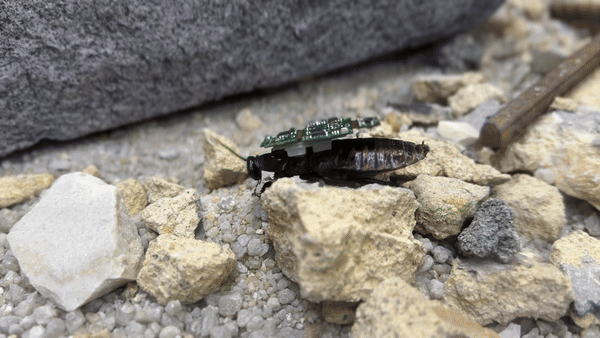 Gif by Ilyda Chua
Gif by Ilyda Chua
In fact, that's precisely what scientists from Nanyang Technological University (NTU), in collaboration with Home Team Science and Technology Agency (HTX), have been working on.
NTU professor Hirotaka Sato previously debuted his own cyborg-insect prototype: Madagascar hissing cockroaches, equipped with said "backpacks".
The roaches' direction can be controlled by researchers via its backpack, which stimulates its neuromuscular sites with electrical signals.
Ok, but did you say cyborg insect swarms?
A single insect is insufficient for operations such as search-and-rescue work, where survivors might be spread out over a radius too large for even the most determined cockroach to cover in a short span of time.
Hence the swarms.
It might sound borderline apocalyptic, but it's actually pretty cool.
In a Jan. 6 paper in the "Nature Communications" journal, Sato, along with co-authors from Hiroshima University and Osaka University in Japan, described their newly-developed means to control insect swarms.
In such a swarm, one cyborg insect acts as a sort of "group leader", while its other 19 minions follow suit.
Algorithms and programming allow the swarm to move through the terrain more effectively, with less "nudging" from the researchers required.
They can even help each other when one gets stuck in an obstacle or flipped over.
The new algorithm developed also reduced the need to "nudge" the insects by half.
 Photo from NTU Singapore
Photo from NTU Singapore
In future, the team hopes to develop algorithms that allow the swarms to do more than just navigate through disaster areas.
One potential application is for the insects to be used to collaboratively transport large objects.
More experiments in outdoor environments, such as rubble piles, are also in the works.
Just not in my HDB void deck, please.
Top image by NTU Singapore and Ilyda Chua
MORE STORIES












